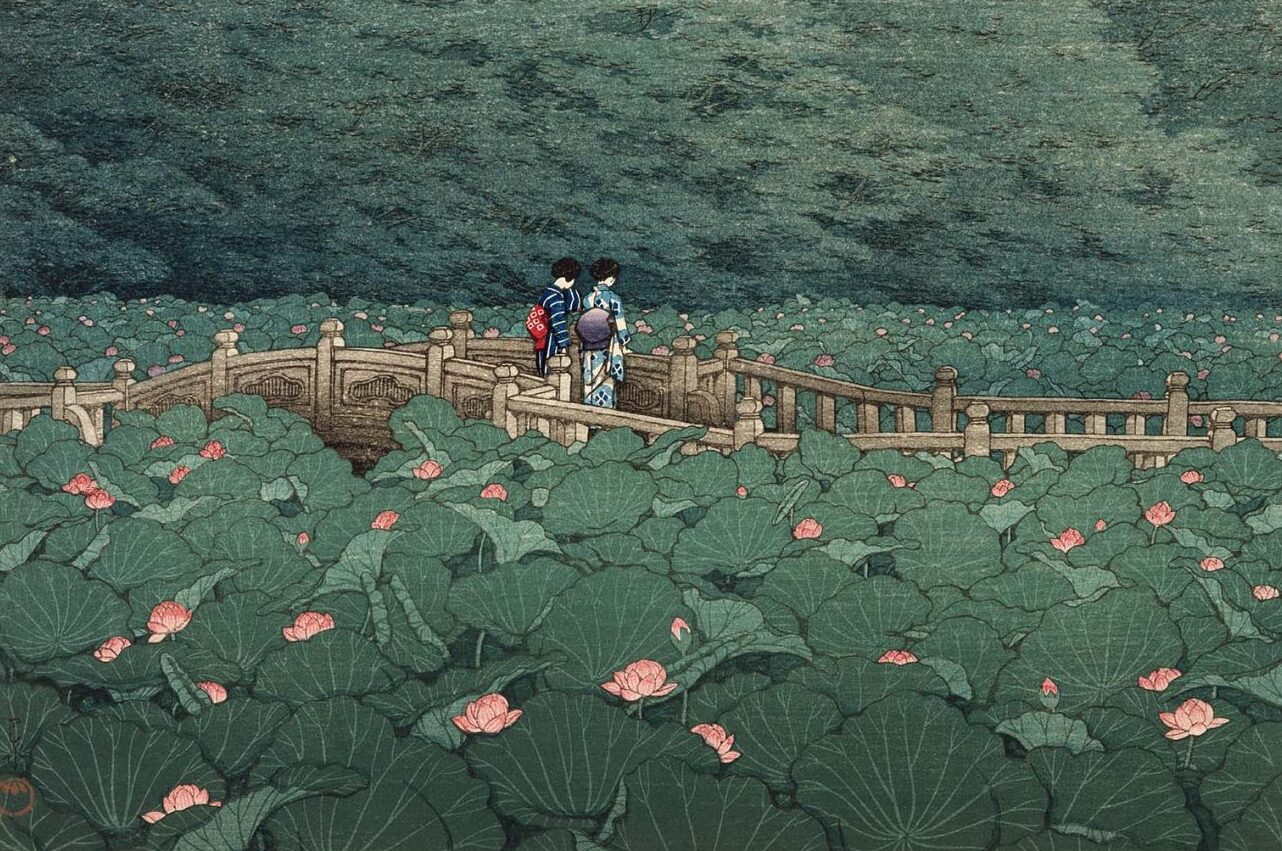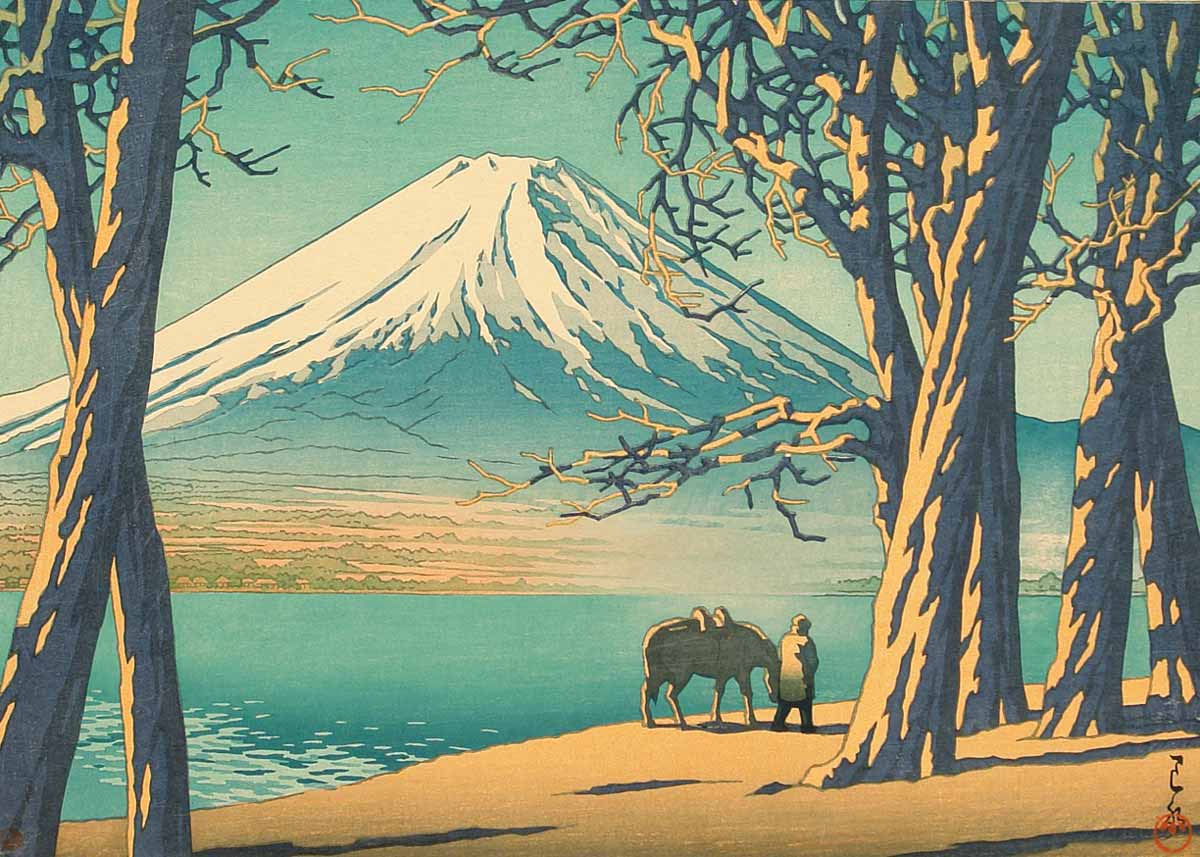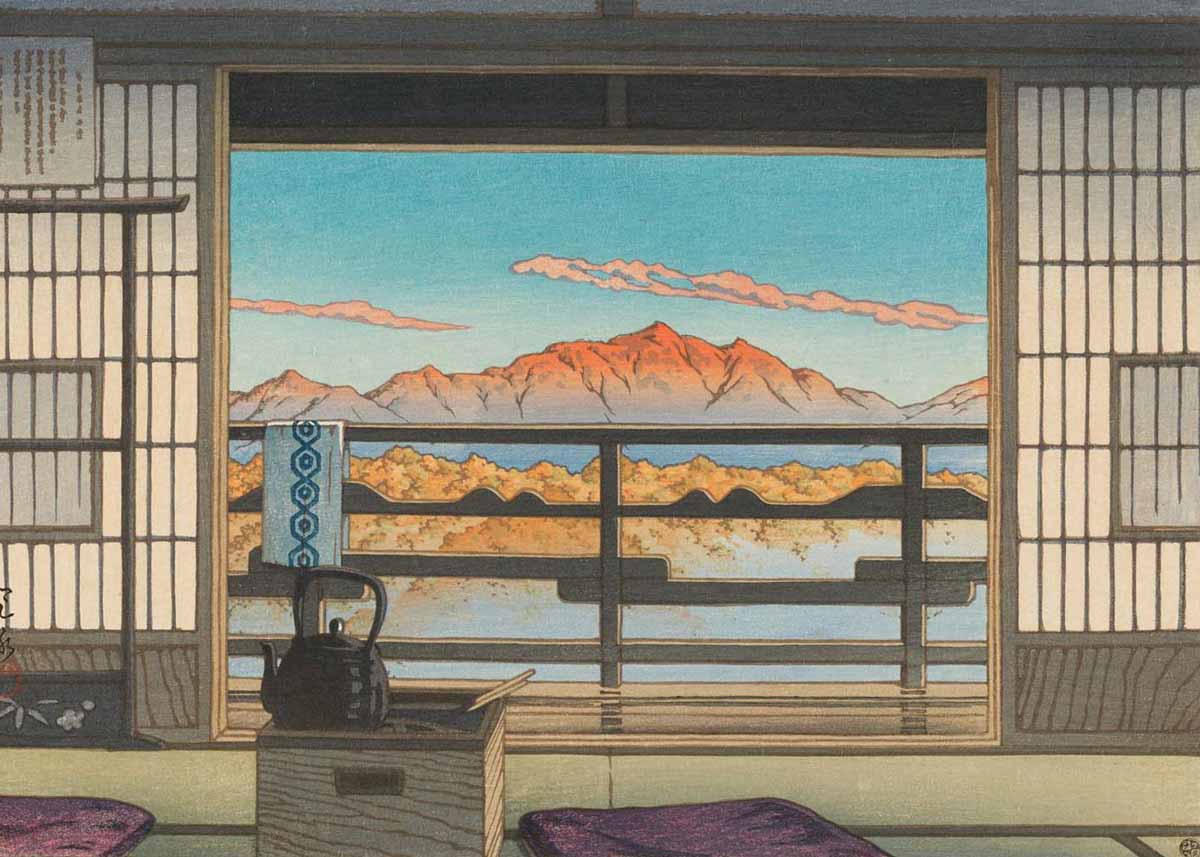The Printmaker Who Inspired Studio Ghibli
By Keshav AnandFor close to four decades, Studio Ghibli has managed to capture the hearts of audiences world over — with brilliant storytelling, enchanting animation, and well-developed characters whose experiences resonate across cultures and generations. Co-founded by legendary directors Hayao Miyazaki and Isao Takahata, along with master producer Suzuki Toshio, the studio creates films that blend fantastical worlds with profound human experiences, exploring themes from environmentalism to coming of age.

Headquartered in Tokyo, Studio Ghibli has become synonymous with exceptional artistry, garnering both critical and popular acclaim for its work. The enterprise began with Miyazaki’s 1984 feature, Nausicaä of the Valley of the Wind, based on his own manga. Following its success, Miyazaki, Takahata, and Suzuki established the film studio. Their first official release, Castle in the Sky, came out in 1986 and set the tone for a series of beloved films, many of which were written and directed by Miyazaki.
The studio’s best-known movie, Spirited Away, earned several prestigious accolades, including the Golden Bear at the 2002 Berlin International Film Festival and the 2003 Academy Award for Best Animated Feature. While undoubtedly original in their approach to visual storytelling, over the years, the studio has taken great inspiration from the works of a certain 20th century Japanese printmaker — most evident in their films’ background art and environmental design.

Born in 1883, artist Hasui Kawase is renowned for his woodblock prints, which illustrate the charm of Japan’s varied landscapes, from pastoral vistas to bustling urban scenes. Kawase designed almost one thousand woodblock prints over a career that spanned nearly forty years. A prominent figure in the shin-hanga movement, the prolific artist masterfully blended traditional ukiyo-e techniques with modern sensibilities, creating works that evoke a sense of tranquillity and nostalgia.

Spanning delicate depictions of nature and human life, from misty mountains and quiet temple gardens to humming cityscapes and lively riverside villages, his exquisite works are rendered with meticulous attention to detail and vibrant colours. Kawase’s ability to capture the essence of changing seasons and the ephemeral beauty of everyday moments has left a lasting legacy, inspiring numerous contemporaries — not least Miyazaki.
The serene and fecund settings in movies like My Neighbour Totoro, Spirited Away, and Princess Mononoke reflect Kawase’s style, celebrating the unremitting power of nature. Miyazaki’s depictions of bucolic fields and verdant woodlands share many similarities with the printmaker’s early works. Kawase’s influence has helped Studio Ghibli create immersive worlds that are both magical and deeply rooted in real, tangible beauty.
Feature image: Hasui Kawase, Taikyoku Hall, 1922. © Hasui Kawase